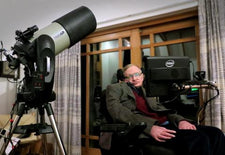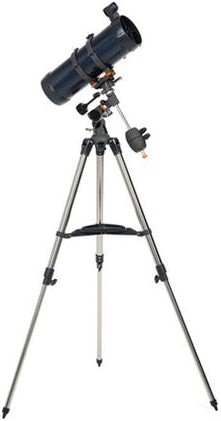Spacecraft on a Mission
May 4, 2015
 The Deep Impact spacecraft prior to its being loaded aboard the Delta rocket that hurled it aloft on its 82-million-mile journey. The Deep Impact spacecraft prior to its being loaded aboard the Delta rocket that hurled it aloft on its 82-million-mile journey.Photo credit: NASA Photo. |
NASA's Deep Impact spacecraft is a classic case of split personality. In fact, it has two distinct parts, both hoisted into the heavens on January 12 aboard a Boeing Delta II rocket for the journey to rendezvous with Comet 9P/Tempel 1.
When the spacecraft came within 24 hours of rendezvous about 1:52 a.m. EDT July 4, the two "personalities" separated. One, a "suicidal", 820-pound impactor, continued on its way to the comet. The second, a perfectly sane and self-preserving "mothership", or flyby spacecraft, positioned itself about 300 miles from the rendezvous point and settled in to watch the action.
 The spacecraft's Impactor with subsystems. The spacecraft's Impactor with subsystems.Photo credit: NASA illustration |
About the size of a card table, the impactor hurled itself into the sunlit side of Tempel 1 at roughly 23,000 miles an hour, creating a blast equal to nearly 5 tons of exploding TNT. It hit an area about 2.5 miles across from a distance of more than 500,000 miles, utilizing onboard guidance and propulsion systems that allowed it to navigate to its own demise. Besides guiding the impactor to oblivion, the Targeting Sensor sent back images of the comet's nucleus as it approached. The instrument continued transmitting until just 3 seconds before impact.
 The instrument platform is the payload on the flyby spacecraft. It holds the High Resolution Imager (HRI) and Medium Resolution Imager (MRI), as well as tracking equipment. The instrument platform is the payload on the flyby spacecraft. It holds the High Resolution Imager (HRI) and Medium Resolution Imager (MRI), as well as tracking equipment. Photo Credit: NASA Illustration. |
The flyby spacecraft, about the size of a VW Beetle, was observing as all this took place. It recorded the impact, ejecta, crater development, and crater interior as it passed within 500 km of Tempel 1. Then it turned around to observe the ejecta plume as the comet speeded on its orbit around the Sun. It also received data from the impactor prior to rendezvous and transfered it to the Deep Space Network ground receivers. To do so, it was equipped with tracking, guidance and propulsion systems, plus telescopes, imaging equipment and a spectrometer. The data the instruments have produced - and the images the cameras and CCDs record - will provide grist for the scientific mill for years to come.



